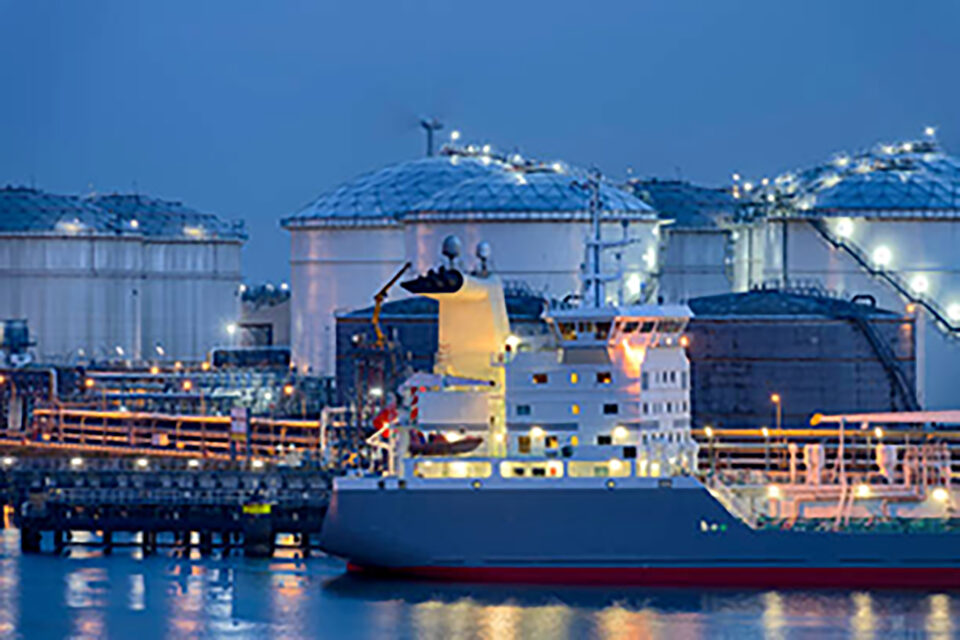The Indigenous energy project Cedar LNG will need to go through a lengthy environmental review process, Glacier Media reported today. Accordingly, the Project’s proponents will need to meet numerous conditions to mitigate land, air, and water impacts.
However, as reported by Glacier Media, this is Canada’s first LNG project to be owned by a First Nation: the Haisla. Therefore, interests and concerns should be more accessible in the process.
Read more of our news content, here: Arbo launches new data software to modernize oil & liquids commerce
Cedar LNG project: overview
Today, Glacier Media reported that the Cedar LNG project would need to overcome a lengthy environmental review process. Thus, the Project’s proponents will meet numerous conditions before launching to mitigate land, air, and water impacts.
Nevertheless, being Canada’s first LNG project owned by a First Nation (the Haisla), Cedar LNG is expected to have no significant problems getting the permits.
For instance, at three million to four million tonnes of LNG production per year, the Cedar LNG project still has a long row to transit in terms of securing financing. Also, proponents will need to negotiate off-take agreements and getting an environmental certificate.
Indeed, Cedar is one of two energy projects in B.C. that First Nations are pursuing. Moreover, they are not developing it as partners but as majority owners. Accordingly, the other Project is the Clarke Lake geothermal energy one, which the Fort Nelson First Nation will own.
Notably, one advantage for Cedar LNG is that it won’t need a new pipeline to source natural gas. Thus, the Haisla has an agreement with LNG Canada and Coastal GasLink to access some of the natural gas from it.
Moreover, the Haisla already has project partnerships with Pacific Traverse Energy and Delfin Midstream, specializing in building floating LNG terminals.
Some silverlinings
However, Glacier Media warns that although local and federal environmental reviews are ostensibly about assessing and trying to mitigate environmental impacts, proponents can still fail. Indeed, this could be possible due to strong opposition from local First Nations. Nevertheless, the proponents hope to be able to make a final investment decision in 2023.
“It is definitely a huge asset to the projects to be owned by First Nations,” says Haisla Chief Coun. Crystal Smith.
Besides, “the development partners have brought capital to the table to develop the project,” said Jonathan Turner, vice-president of external affairs for Cedar LNG and Pacific Traverse Energy.
In the Clarke Lake geothermal energy project’s case, the Fort Nelson First Nation is getting help from the federal government. Indeed, it recently committed $40.5 million to help derisk the Project and prove the resource.
However, the Project will also need a B.C. Hydroelectricity purchase agreement, still under discussion. Moreover, this geothermal energy project would generate seven to 15 megawatts of electricity; indeed, enough to power Fort Nelson, which currently gets its power from a natural gas power plant.


